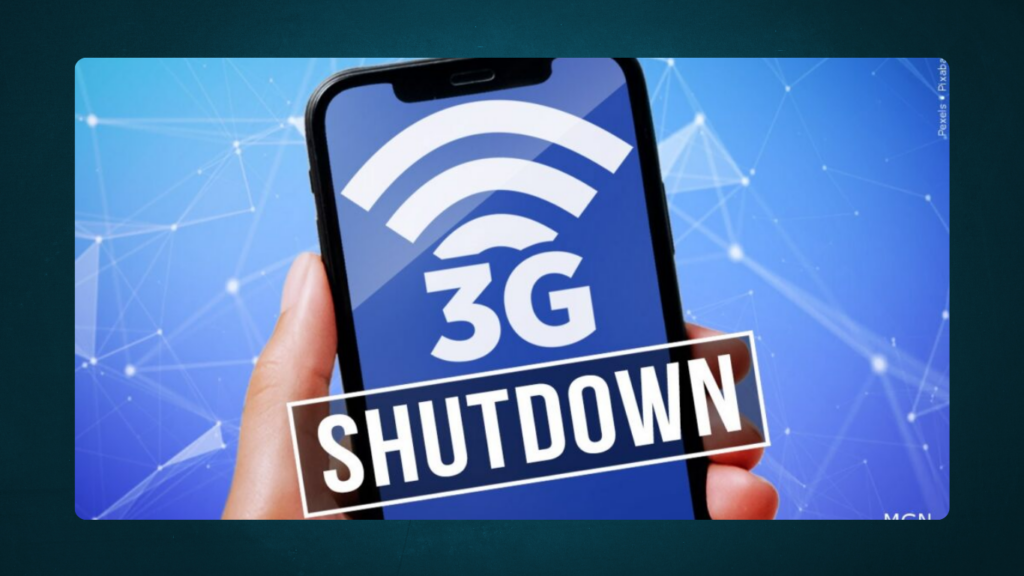After years of lagging sales, the Australian smartphone market has made a surprising comeback. It seems like new artificial intelligence features and the looming 3G network shutdown are the main reasons behind the sudden surge in demand for the latest handsets.

Fresh data from analyst firm Telsyte, shared exclusively with us, shows that smartphone sales have managed to defy the cost-of-living crisis. Sales jumped back from a sluggish 2023, reaching 3.98 million units in just the first half of 2024—up 8% from last year. This growth spread across both high-end and budget devices, showing that people are willing to spend if they see value.
Android vs. Apple: A Battle Fueled by AI
Apple continues to reign as the top smartphone seller in Australia, with 1.75 million iPhones flying off the shelves during the period. But the real surprise? Android smartphones saw a 12% growth, outpacing Apple’s progress. Telsyte analyst Foad Fadaghi says this boost is thanks to new AI-enabled Android devices and the need to replace older phones before the 3G network shuts down.
“Australians are starting to take AI features more seriously when they’re picking out a new phone—even though it’s still early days for this tech,” Fadaghi noted. Nearly a quarter of shoppers are now saying their next phone “must have” advanced AI features, showing a shift towards tech-savvy decision-making.
It’s not hard to see why AI is becoming a big deal. Over 7 million Australians have already embraced generative AI tools like OpenAI’s ChatGPT, Meta AI, Microsoft Copilot, and Google’s Gemini. However, a large number of users are wary of how third-party apps handle their data. Interestingly, only 35% of smartphone users say they trust their device manufacturer with their personal data, and Apple leads the pack with a trust rate of 39%.
Countdown to the 3G Shutdown: A Major Upgrade Driver
The impending 3G shutdown is also playing a big role in pushing people to upgrade. Originally planned for August, the shutdown was delayed until October 24 to avoid leaving anyone without emergency service access. Telstra and Optus are urging customers to move on from their old devices as they plan to wrap up the 3G shutdown by the end of the month. Meanwhile, Vodafone’s parent company, TPG, already shut down its 3G services last year.
This need to upgrade older phones is a key factor behind the uptick in smartphone sales. People are being nudged into getting more modern devices to avoid being left without reliable network access—especially for essential services like emergency calls.
Holding onto Phones Longer, but Spending More on Premium
Despite the recent sales boost, Australians are still holding onto their phones for longer periods. The average replacement cycle is now four years, which is six months longer compared to last year. The reasons? Higher cost-of-living pressures, better handset durability, and extended software support that allows people to use their devices longer without missing out on important updates.
Still, there’s an appetite for premium phones. Telsyte expects around 8.7 million smartphones to be sold across all of 2024, which is a 7% increase from 2023. And it’s the premium devices—those packed with on-device AI capabilities and extra security features—that are driving this growth. It seems that when people do decide to upgrade, they want something that’ll keep them future-proofed.

“The premium segment is on track for double-digit growth in 2024, something we haven’t seen since 2021,” Fadaghi said. “Apple’s strong repeat purchase rate in Australia, which has been at 85% or higher since 2020, shows just how loyal their customers are. Samsung, meanwhile, is also benefiting from a loyal base, sitting at the second-highest repeat purchase rate.”
Foldable Phones and Wearables: Growing Trends to Watch
Foldable smartphones are another area showing promise. According to Telsyte, foldable device sales are expected to ramp up in the second half of 2024, with contributions from Samsung, Google, Oppo, and Motorola. Rumor has it that Apple is working on its first foldable device, supposedly called the “iPhone Flip.” If true, it could be a game-changer for the foldable market.
Motorola, in particular, has been a standout, posting the highest growth among leading brands in the first half of the year. The brand’s climb up the ranks shows that people are increasingly open to exploring alternatives beyond the top two players, Apple and Samsung.
Apple Introduces Generative AI Features
Apple’s latest iPhones, launched just last month, are set to be compatible with a new set of generative AI tools called “Apple Intelligence,” coming to Australian users in December. These tools will let users write and summarize text, create cartoon-like images, edit photos, and more, with the option to integrate with OpenAI’s ChatGPT.
“Apple Intelligence will transform what users can do with our products, and what our products can do for our users,” said Apple CEO Tim Cook. “We’re combining generative AI with users’ personal contexts in a private and secure manner to provide genuinely helpful intelligence.”
What’s more, Apple is offering this year’s iPhones at a slight discount. The iPhone 16 Pro model is $50 cheaper than last year’s version, and the standard iPhone 16 is $100 cheaper, making these flagship devices a bit more accessible to a broader audience.
Wearables Market Holds Steady with New Innovations
The wearable tech market is also seeing solid interest. Over a million smart wrist wearables were sold in the first half of 2024, up 2% from last year. The usual suspects—Apple, Samsung, and Fitbit—still lead the market, with consumers gravitating towards these devices for health and fitness tracking.
Beyond smartwatches, other types of wearables are gaining traction too. Smart rings, for example, are becoming more popular as people look for more subtle ways to stay connected and monitor their health metrics. It’s clear that Australians are keen on expanding their tech experience beyond just their smartphones.
Final Thoughts
The blend of new AI features, competitive pricing, and the 3G network shutdown has put fresh wind in the sails of the Australian smartphone market. Premium and foldable phones are set to lead the charge as consumer interest in advanced mobile technology continues to grow throughout 2024. And with a steady rise in wearables, it’s evident that Australians are more invested than ever in staying connected and enhancing their digital lifestyle in unique and innovative ways.

Subtly charming pop culture geek. Amateur analyst. Freelance tv buff. Coffee lover
